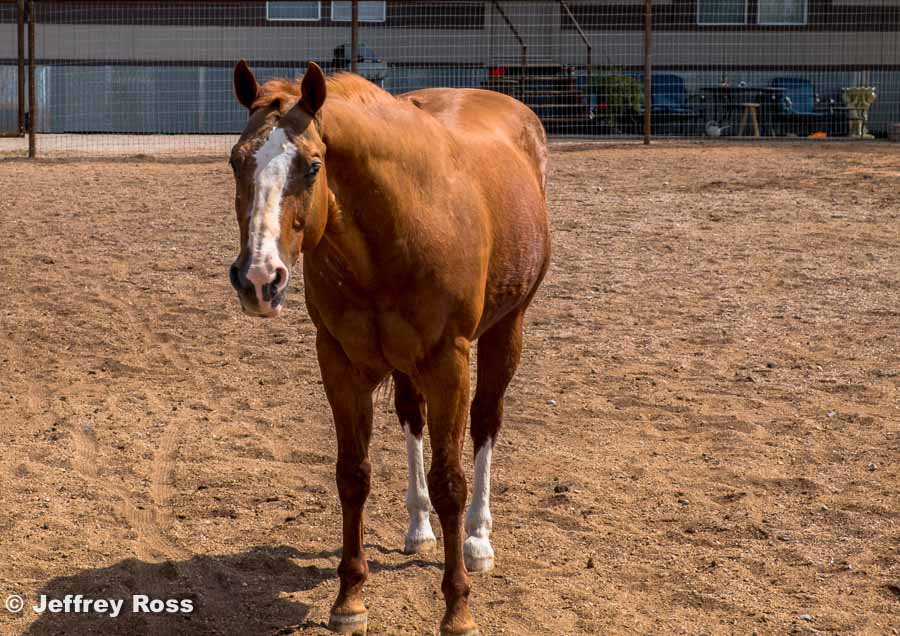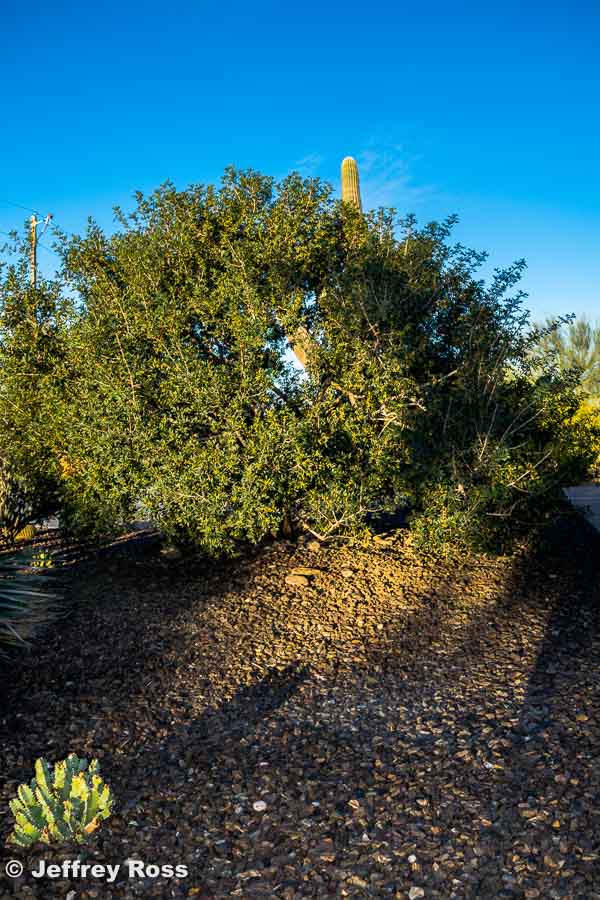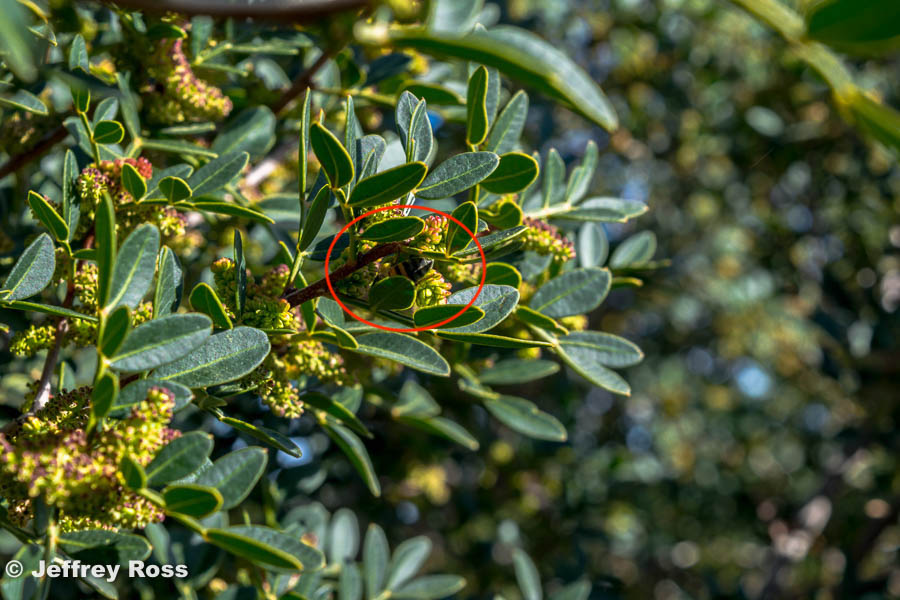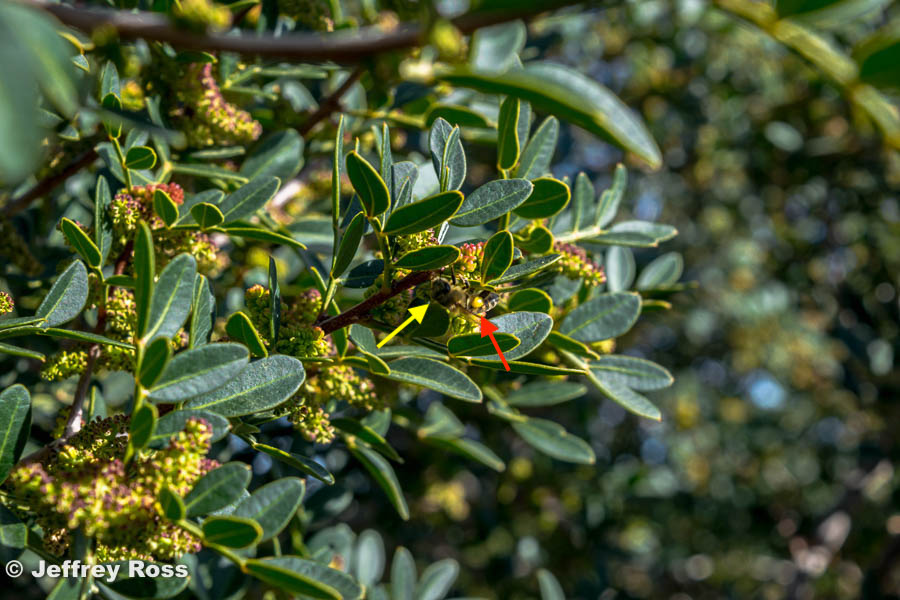There is no doubt about it, gardening in the Sonoran Desert during the summer is a challenge. It is similar to other areas of the country which have on season, mainly winter, that is not too hospitable to a wide assortment of plants that would be otherwise easy to grow in spring, summer and into the fall.
Unlike those areas where winter prevents almost all outside gardening, there are some plants and varieties that can tolerate our summers given the appropriate environment; and therein lies the rub!
As I travel the highways and byways of the desert regions of the southwest, I notice that there is one variety of wild sunflower that seems to survive the summer most years and even thrive when there are ample showers. Keeping that in mind, and not being able to nail down the exact variety (my bad), I decided to try a package of mixed sunflower seeds to see what it would yield in my desert garden. This was to be my gardening experiment for the summer of 2018.
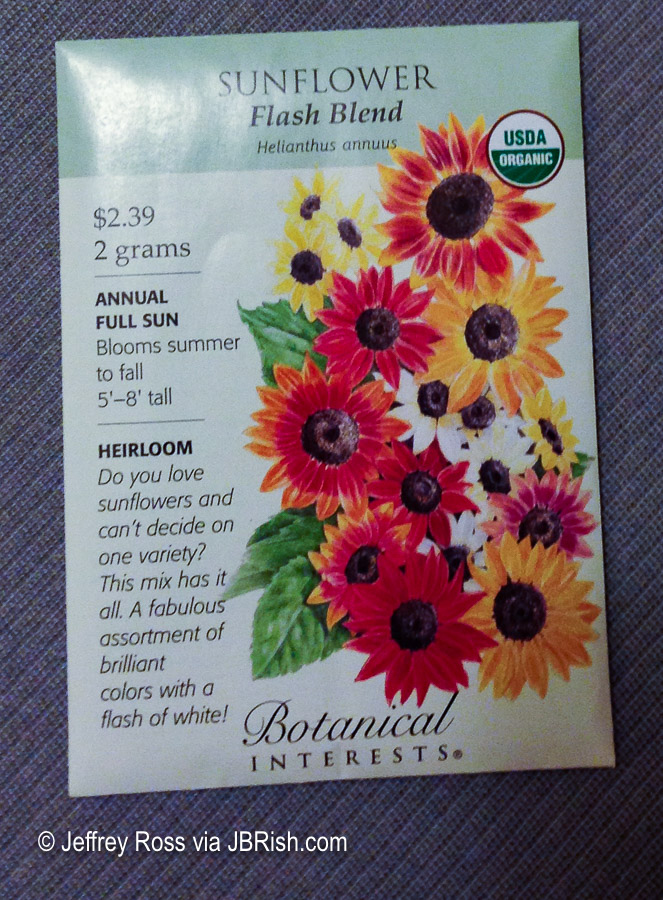
I always check the back of the package to see the “Packed for” date. Obviously the fresher the seeds, the better so I always make sure they are the current year’s seeds. I also like the fact that these seeds are organic and are not treated with chemicals. Our bees are struggling enough as it is.
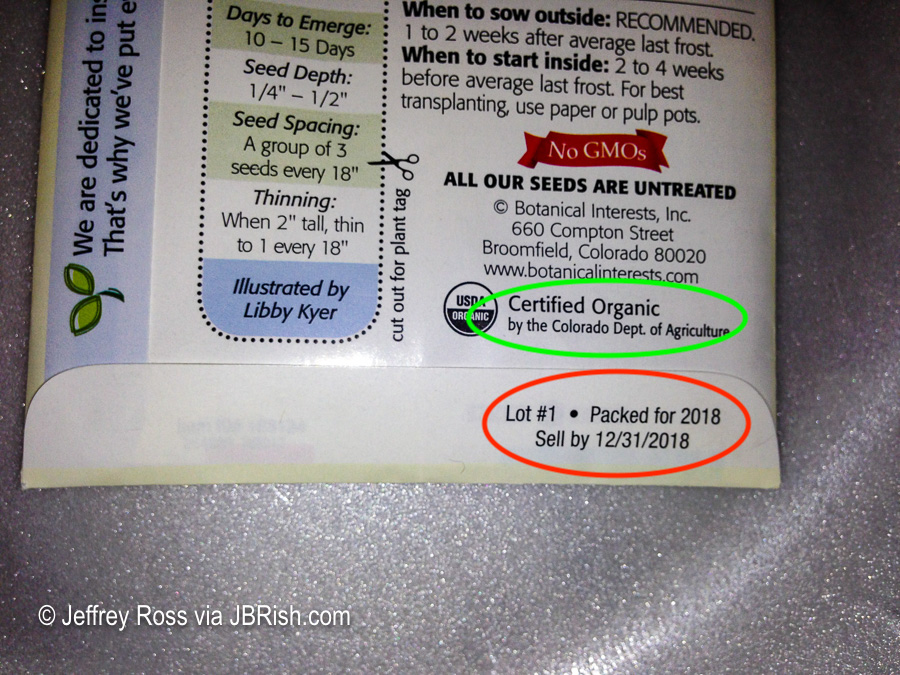
An inexpensive turkey baster is used in this process to control the flow of water. It is good for delicate seedlings and at times when I need to wet a plant with a controlled, low flow of water.
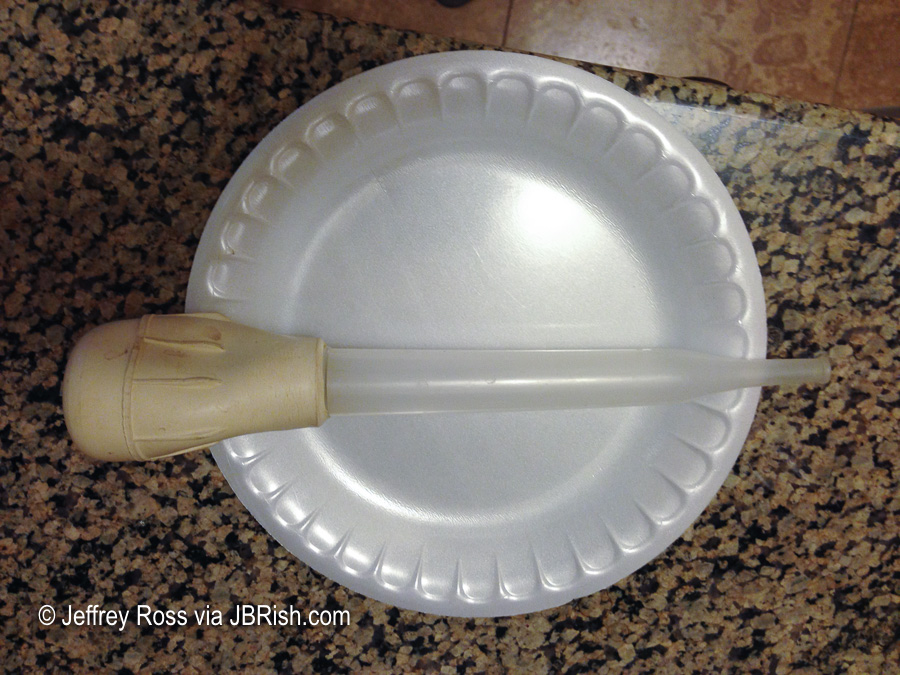
To keep everything corraled on the counter, I work inside a container lid. The lip of the lid keeps the water and other debris under control.
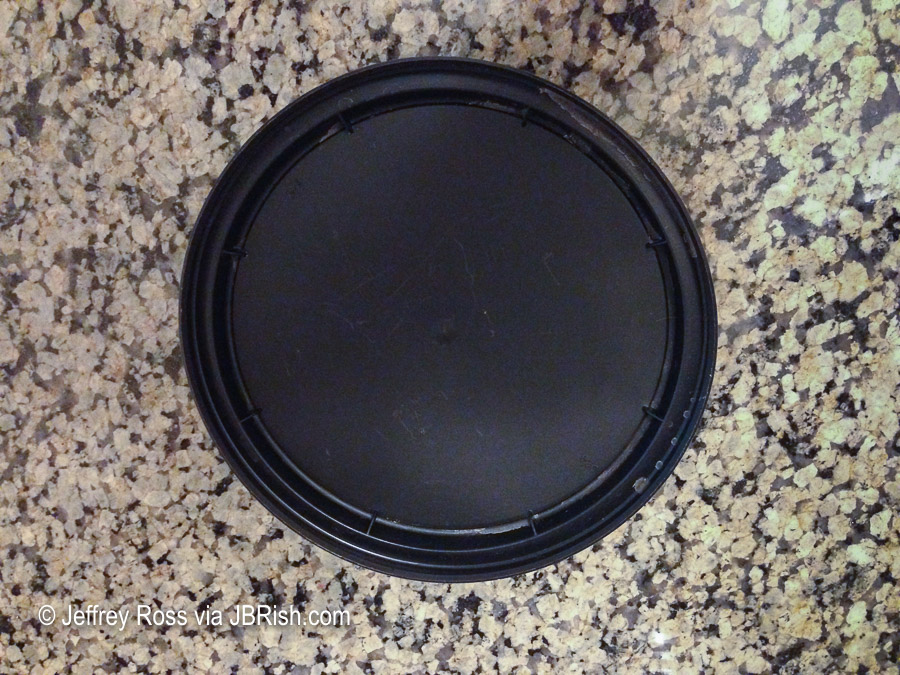
Of course we could plant the seeds directly in the ground, but I considered several factors:
- We have numerous desert critters that would love to take a bite out of a luscious sprout.
- There is no guarantee that every seed in a package will be viable.
- I have limited time and space so I want to make sure any seed has the best start possible.
Considering the above, I decided to pre-sprout the seeds. Here are the three seeds I selected. [NOTE: One cannot tell from the seeds which sunflower will be “born” from any specific seed. This is a mix so it is a random choice.]
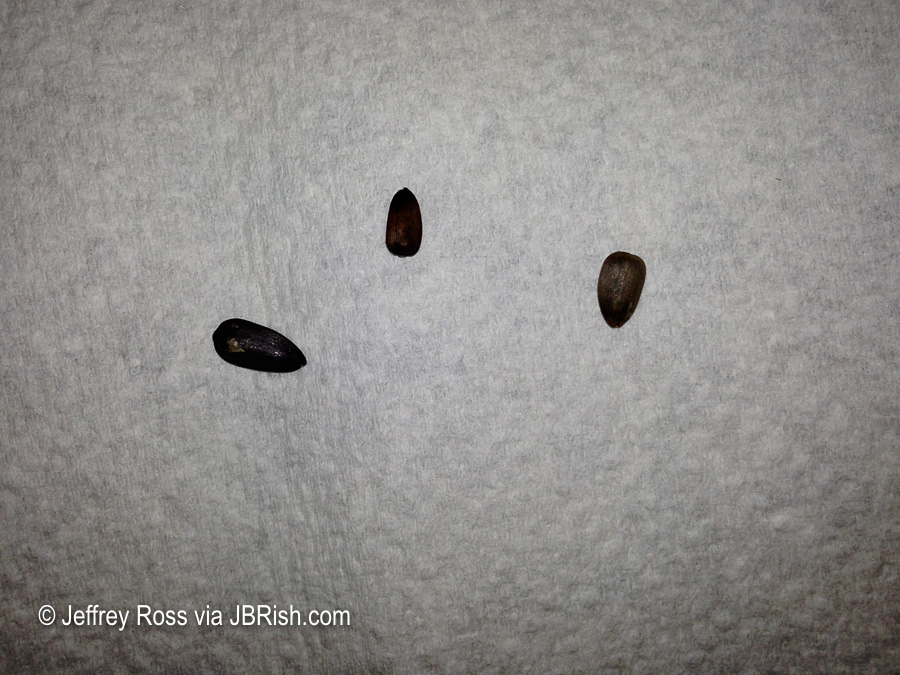
My process for pre-sprouting the seeds is to wet a piece of paper towel to the point where it is uniformally wet, but not soaked.
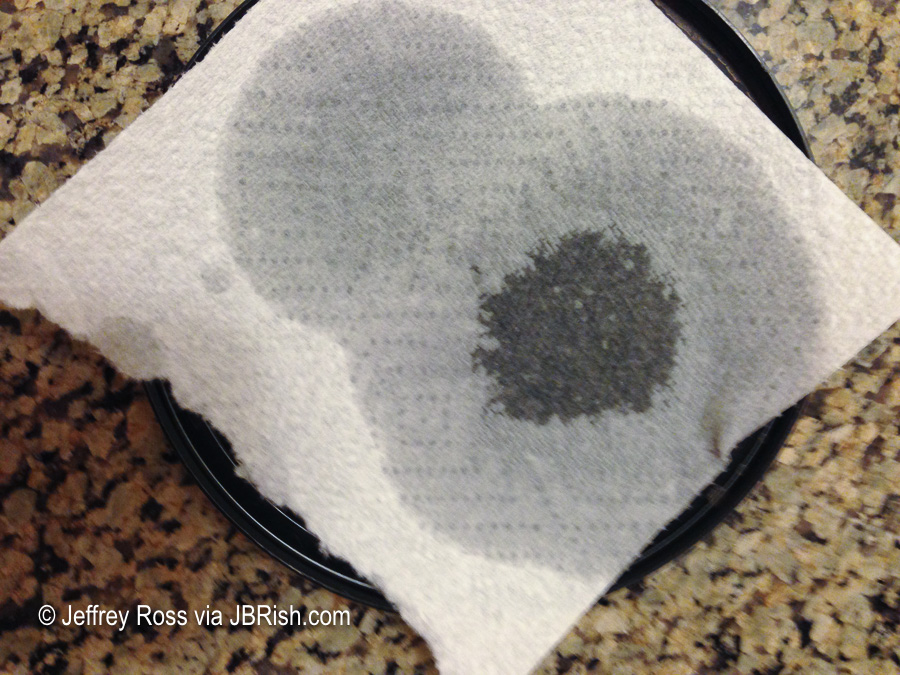
Once the towel has been wet, the seeds are then placed at intervals on the sheet leaving ample space between, but not too much. I like to make a compact packet.
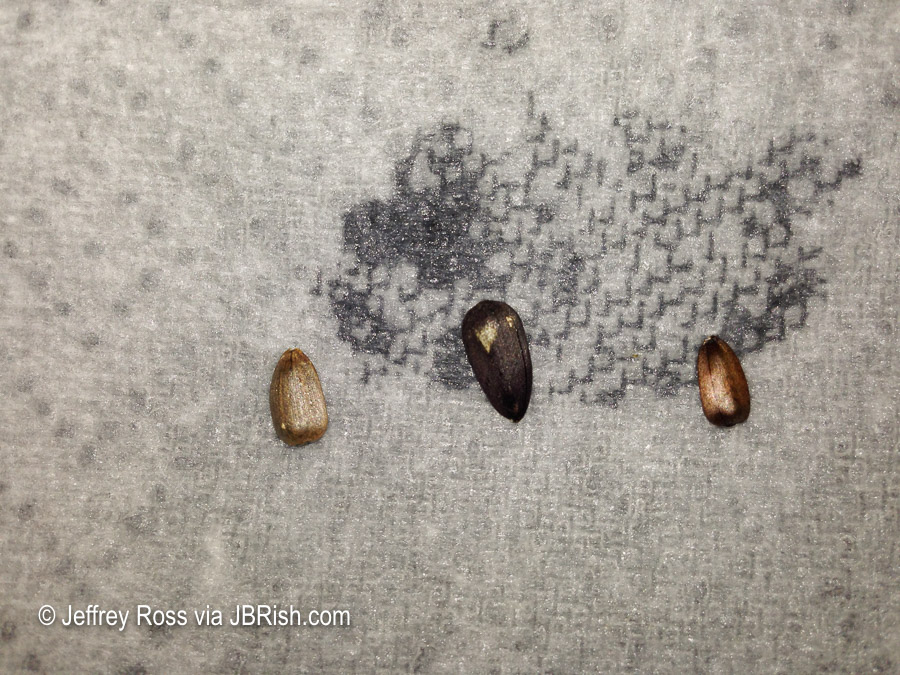
After the seeds have been carefully placed, the towel is folded over them so they are enveloped in the moist towel. This will be a good environment for sprouting.
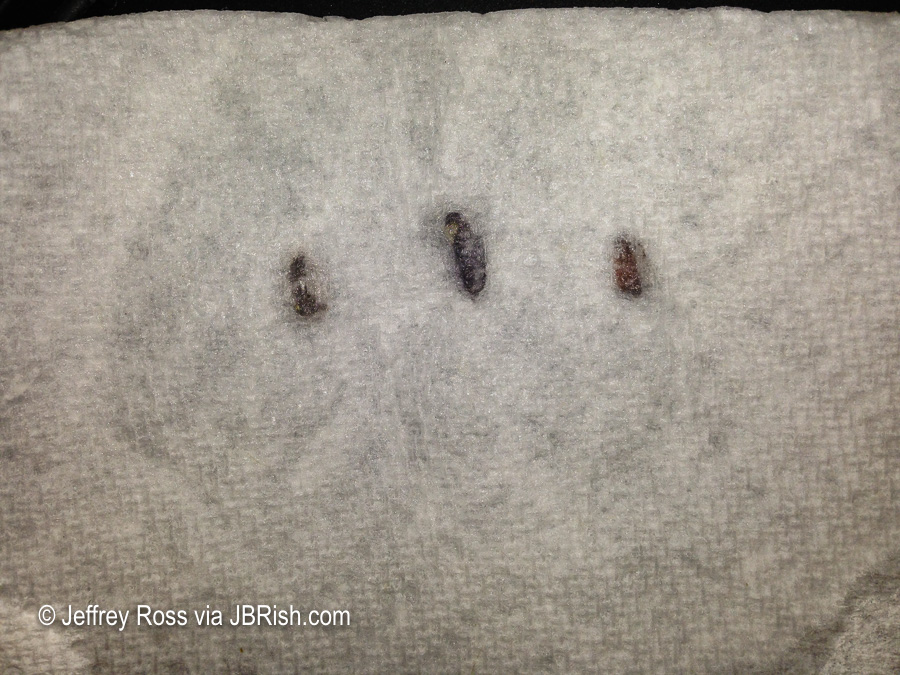
The towel is folded into an envelope-type form to provide the best chance of staying moist.
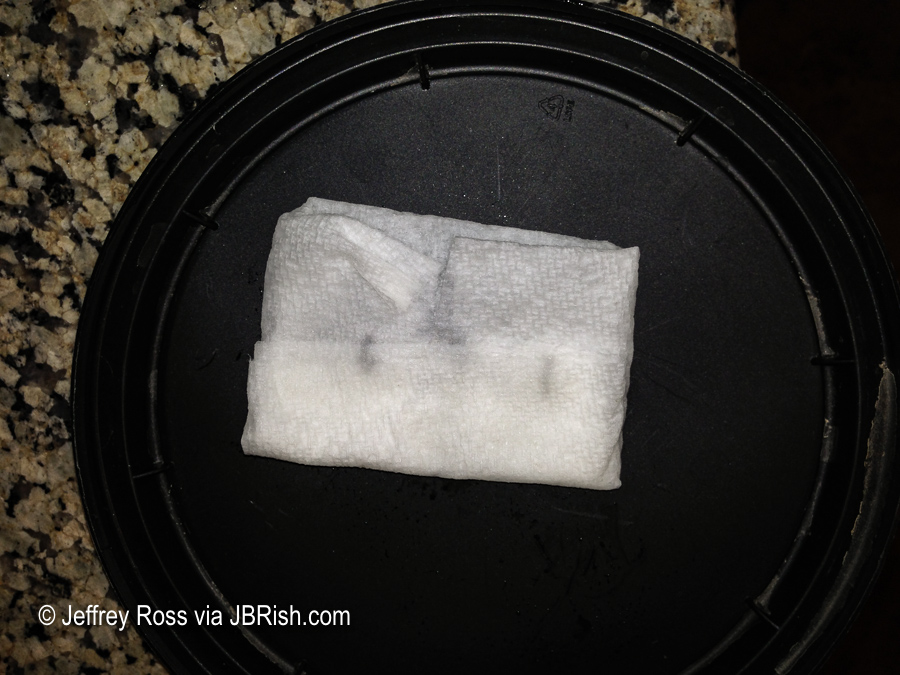
I always make a label just in case I want to keep track of sprouting times, time from sprout to flower, etc., but I didn’t use that information for tracking in this instance.
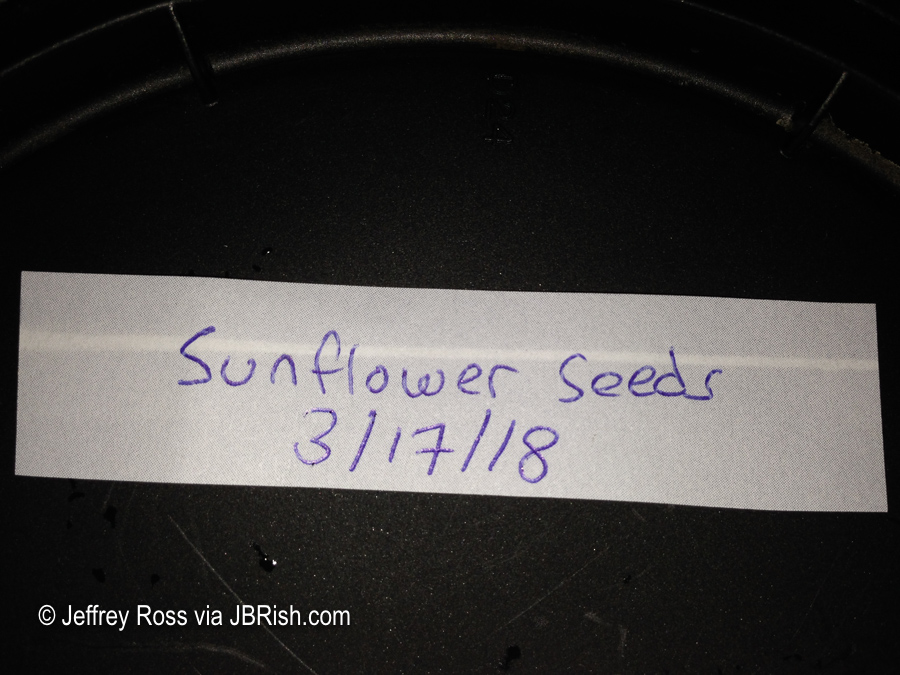
Once this process is complete, probably less than thirty minutes, the seeds are placed inside a plastic bag, label and all and set aside. I check them every day to …
-
– make sure the seeds remain uniformally damp, but not soaking
– see if they have sprouted (because at that point further action is needed)
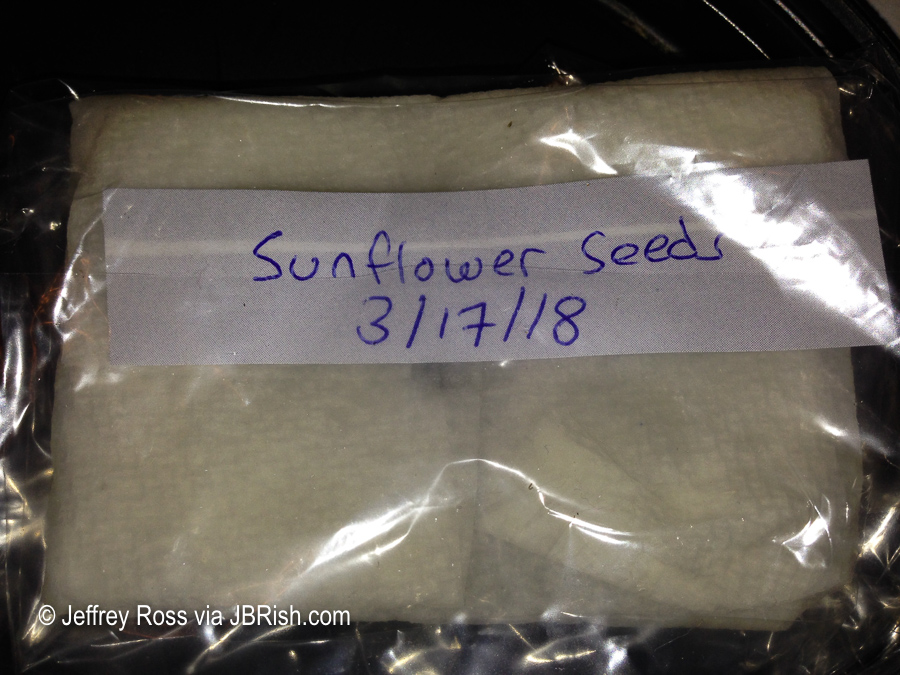
To be continued…
Read more gardening posts HERE
**********
All original content on this blog is copyrighted by Jeffrey B. Ross with ALL Rights Reserved. While reference links back to JBRish.com are appreciated and encouraged, please acquire approval for any reproduction of original content from this website.
©Jeffrey B. Ross – 2018 – JBRish.com

